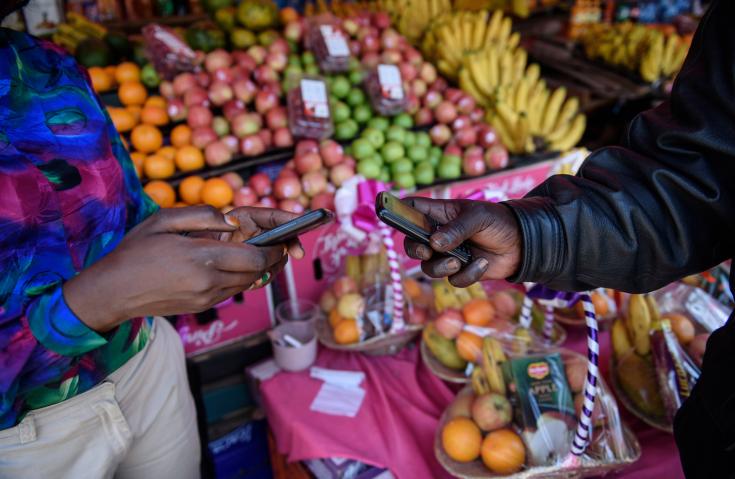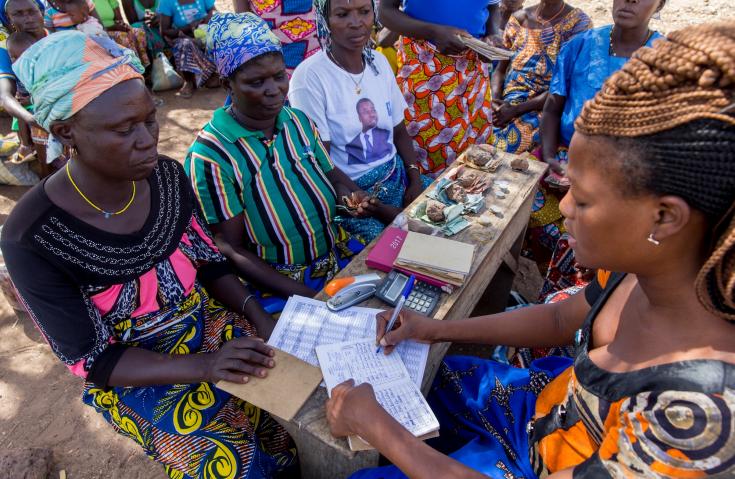
Finance
-
Mobile Money: Issue 2
-
Microfinance: Issue 3
-
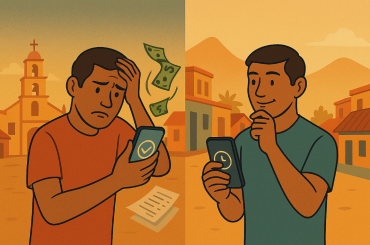
Slowing down digital loans to speed up repayment: Evidence from Mexico
While digital credit broadens market access and reduces frictions in developing countries, default rates are often high. In Mexico, reducing loan speed—by doubling delivery time—decreased the likelihood of default significantly. Such waiting periods ...
-
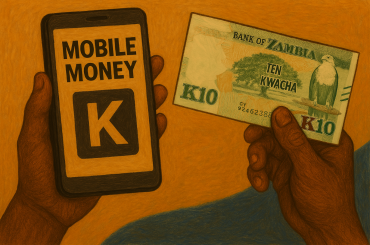
Mobile money in Zambia: Opportunities, challenges & current policy debates
How are Zambians utilising mobile money? What effect does mobile money have on rural poverty? Could tax changes slow mobile money growth?
-
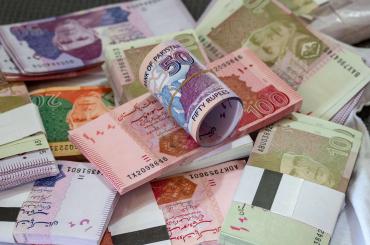
What type of contracts do microfinance clients prefer?
Research shows that microfinance clients use credit and savings as commitment devices to accumulate lump sums. Evidence from Pakistan suggests high demand for fixed-repayment contracts, but low demand for commitment add-ons in both credit and savings...
-

Can fintech help migrants make better remittance decisions and improve financial inclusion?
Fintech has the potential to enhance financial inclusion and welfare for low-income migrants, but its benefits may be limited for migrants with lower financial literacy.
-
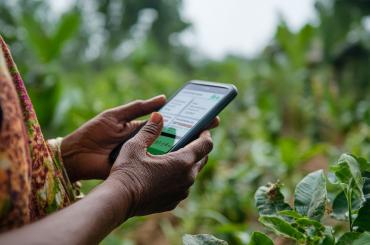
Expanding mobile internet fueled a financial transition in Rwanda
Mobile connectivity improves access to land, enabling individuals to use land titles as collateral for bank credit and invest in construction.
-
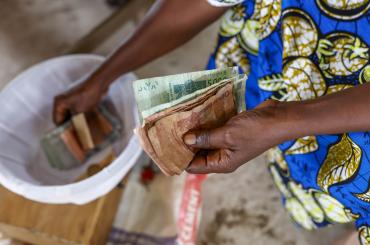
What have we learned about microfinance?
Evidence from a range of contexts has shown that while microfinance does not have transformative impacts on lifting people out of poverty, it can greatly benefit specific borrowers such as experienced entrepreneurs.
-

Better financial contracts can unlock business growth in Kenya
Flexible financing for ‘last-mile’ distributors boosted profits across a food supply chain in Kenya.
